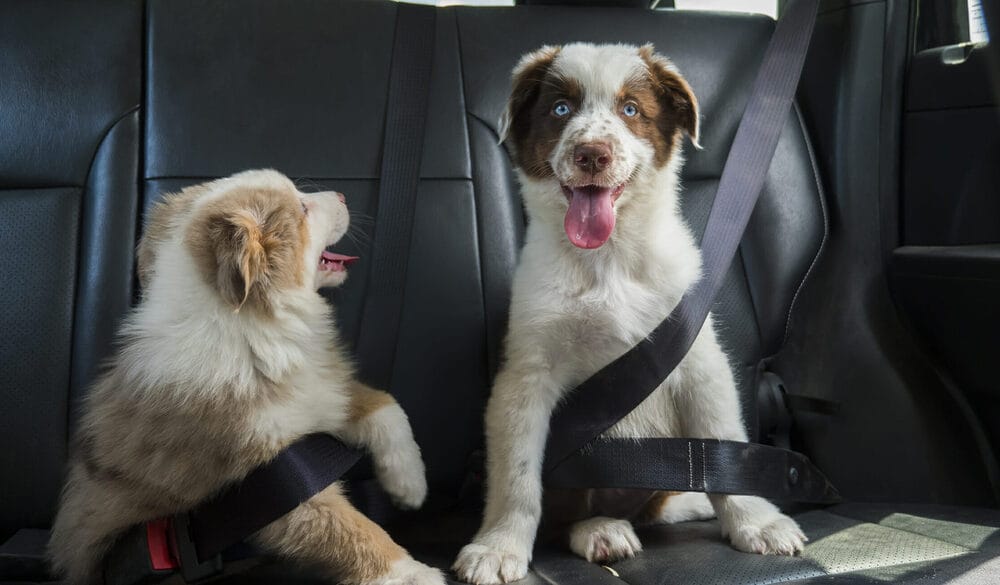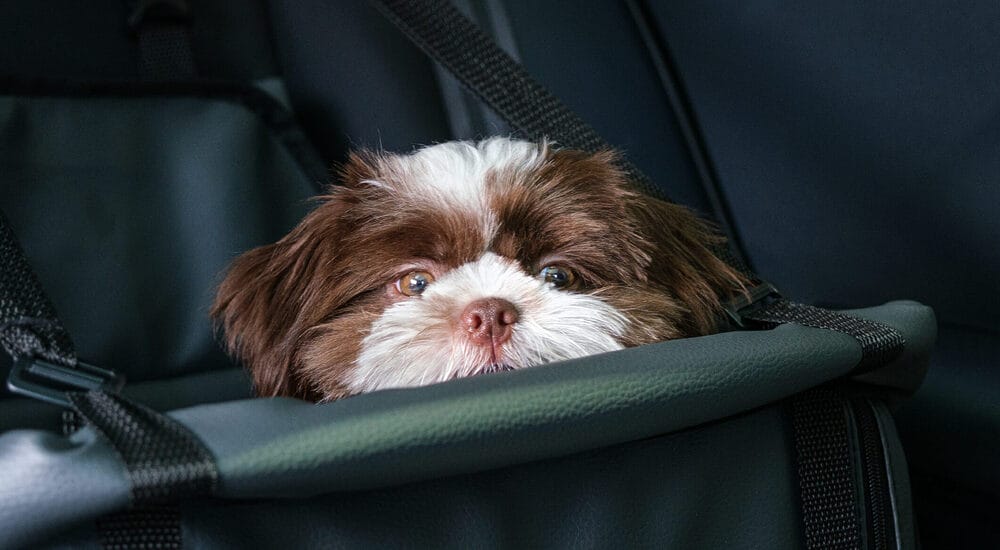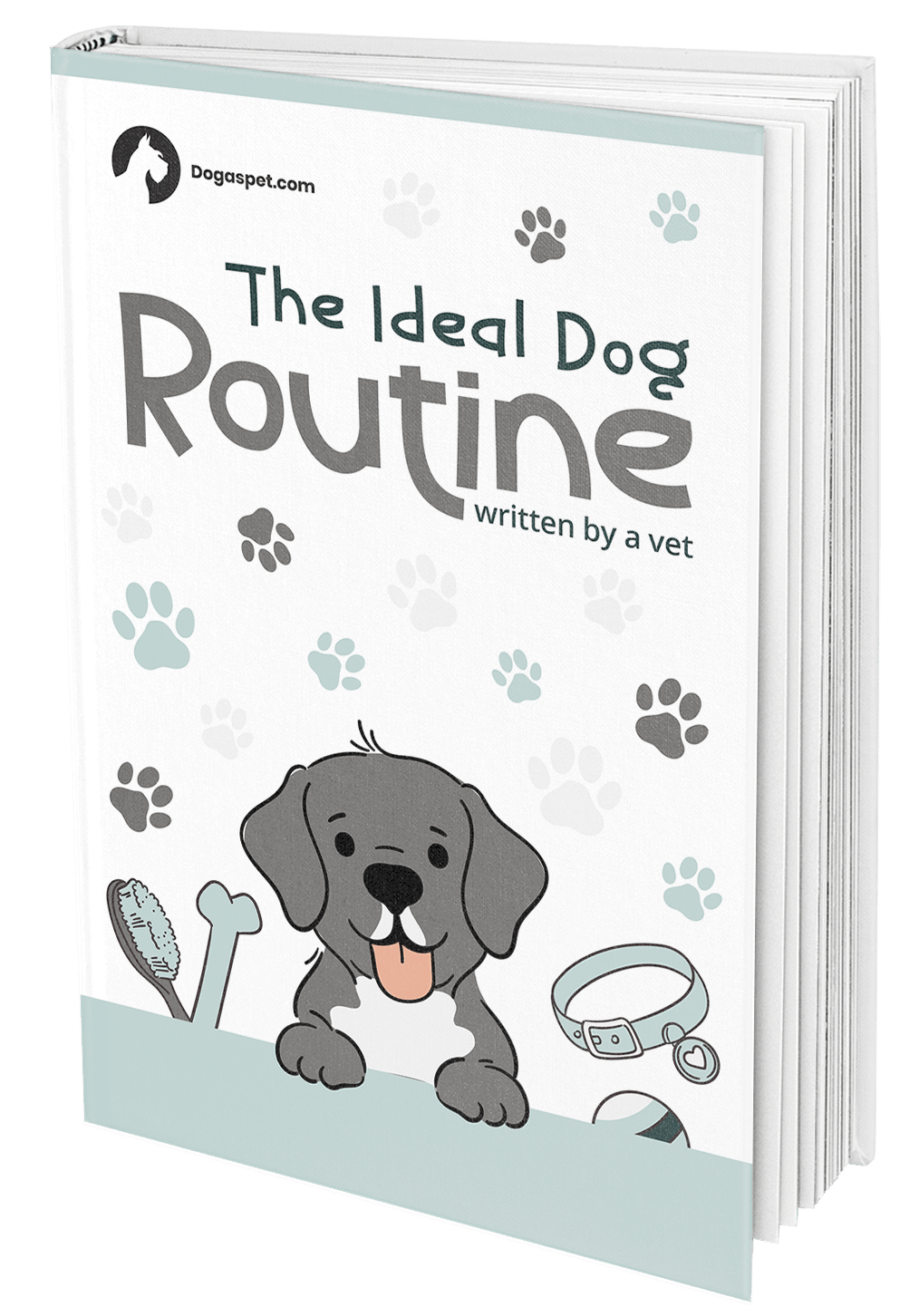
Are car rides a surefire way to tire out your pup? Do they actually enjoy the ride, or is it just us human’s projecting our love of driving onto our pooches?
Whether you’re planning on taking your dog for a quick trip around the block, or an all-day excursion, understanding how much exposure to traveling that’s suitable for them will benefit not only them but also you!
In this post, we investigate if a car ride will tire out your four-legged friend, as well as offer some helpful do’s and don’ts for a safe and enjoyable ride.
Table of contents
Is a car ride mentally stimulating for your dog?
Yes, car rides can be mentally stimulating for your pup. Taking a car ride with your pup can be an exhilarating experience that’s not just fun and exciting, but also mentally stimulating. Here are five convincing reasons why:
New sights
Think about the times your dog saw another dog or animal while in the car. They may not have been able to interact with them, but they’ll still get a chance to observe these creatures from afar and take in their new environment.
Being in a car, your dog observes far more than if you were walking. This can tire out your dog both mentally and physically as they are constantly taking in new sights.
Interesting smells
Even within the car, your pup will be able to take in new smells. From the different scents of trees, flowers, and grass that they pass by outside to their own fur or you’re a unique scent, there is no shortage of aromas for them to explore.
Away from home
Car rides provide the opportunity for your pup to explore the world outside of their home environment.
Just like us humans, we are evolved to be aware of new environments to stay safe- and this is especially true for our canine pals.
Conditional reward
Your dog may be conditioned to view car rides as a reward. This could be because they learn that car rides usually end in exciting places or with fun activities to do.
All the exhilaration and anticipation of a reward can quickly lead to fatigue in your pup during their car ride, as they become overwhelmed with excitement.
Tons of sounds
From the whirring of the engine to the horns of other cars and people talking outside, there are so many new noises in the car that your pup may not be used to. They’ll pick up on all these sounds as they ride along with you.

Does this make car rides bad for dogs?
No! On the contrary, car rides with your pup present the ideal opportunity to spend quality time cultivating a stronger bond, all while conveniently being away from distractions.
Long car trips offer a wonderful chance to get out and explore with your canine companion, take in some scenery and have a relaxing time together.
Don’t underestimate the mental stimulation that brings joy and satisfaction— after all, our four-legged friends need just as much intellectual nourishment as physical exercise. With this comes additional health benefits for both of you.
Car rides can help expend energy, increase their alertness and reduce feelings of anxiety by exposing them to new sights and smells. So don’t let the idea of a longer car ride prevent you from experiencing exciting destinations with your pup – it can be quite rewarding for both of you!

Do’s and don’ts of driving with your dog
Every one of these elements coalesces to wear out your pup while you’re driving. To ensure the safety of both yourself and your pet, it’s important that you remember certain do’s and don’ts:
- Ensure your pup is relaxed during car rides by offering a calming and secure spot to rest, such as a crate or booster seat.
- Bring along water and food for breaks, especially if it’s a long drive.
- Let your dog have some freedom to look outside from time to time during the ride.
- Take several breaks along the way for potty stops and a chance to stretch your pup’s legs.
- Never leave your dog alone in the car- even for a few minutes. The temperature inside can quickly reach dangerous levels and can prove fatal to your pet, especially on hot days.
- Don't let your pup sit in your lap while you’re driving - this can be a distraction and isn’t safe for either of you.
- Don't keep the windows rolled down too much, as this can cause loud noises that could startle or frighten your pup.
- Don't allow them to stick their heads out of the window, as this can increase their risk of injury if they jump out or get hit by an object.
FAQ – Frequently Asked Questions
You may have a few questions before embarking on your car ride with your pup. Below, we answer the most asked questions to help you make sure that you and your furry companion have an enjoyable journey!
Is it safe to bring my dog on car rides?
It is as safe as you like it to be! When you take the appropriate precautions, car rides can be an enjoyable experience for both man and pup alike. Ensure your dog’s protection by never leaving him unattended in a vehicle, plan ahead with water and food breaks on the journey, as well as provide a comfortable resting area so that they may relax while traveling.
What is the best way to keep my dog safe while driving in a car?
The last thing you want is your dog roaming in your car or jumping out of the windows. To best keep them secured, buckle them up in a car harness or place them in a cozy crate. This will keep them protected and prevent any distraction when you are driving.
Make sure your dog is still comfortable in the car – if not, consider investing in a booster seat or pet bed.
How long can I travel with my dog by car?
As we’ve seen, a car trip does tire out your dog, so it really depends on their age and size. Generally, a pup should be able to travel for up to four hours with a break every 2 hours. If they seem restless or uncomfortable, then it’s best to take more breaks along the way.
If your pup is a bit older, they may be able to hit the road for an extended period. But it’s always best to keep their travels under seven hours. Whenever you are making plans involving travel and your furry friend, don’t forget about them! And if needed, adjust the timeline accordingly so that it works for both of you.
Final thoughts – Do car rides tire dogs out?
So yes, car rides tire out dogs. Does this make car rides bad? Definitely not! The mental stimulation provided by car rides can be great for dogs, as long as it is done safely and responsibly.
Being able to explore new places with your pup by your side has its rewards – just make sure you take the proper measures to ensure that both you and your pup have a safe, fun journey!

